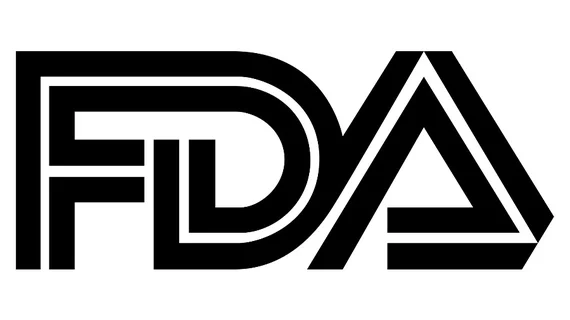FDA clears 1st interoperable insulin pump
The U.S. Food and Drug Administration approved the country’s first interoperable insulin pump Feb. 14, reporting the technology will help diabetics better individualize their treatment regimens.
“Diabetes is a complicated disease that requires close monitoring and carefully tailored treatments,” FDA Commissioner Scott Gottlieb, MD, said in a statement. “We’ve heard from the patient community that having the ability to customize their own diabetes management devices is important to them. Advances in digital health make more tailored approaches to diabetes care possible.”
The Tandem Diabetes Care t:Slim X2 insulin pump with interoperable technology (interoperable t:Slim X2) is one of those advances, Gottlieb said, and is an entirely new kind of insulin pump known as an alternate controller enabled (ACE) infusion pump. It works by delivering insulin under the skin at set or variable rates in adults and children with diabetes.
Since the t:Slim X2 is interoperable, it can also digitally connect to or automatically communicate with and receive drug dosing commands from other diabetes management tools, like automated insulin dosing (AID) systems, continuous glucose monitors, blood glucose meters or other electronic devices, according to the release. When not connected to other devices, the t:Slim X2 can be used to deliver insulin on its own.
To date, insulin pumps have been cleared by the FDA only as stand-alone devices, the release stated, or as part of a single, predefined diabetes management system. Since the interoperable t:Slim X2 works with other devices, though, it was fast-tracked through the organization’s de novo premarket review pathway for novel, low-to-moderate-risk devices.
When it approved the interoperable t:Slim X2, the FDA also established “special controls” criteria that outlined requirements for ensuring the accuracy, reliability, cybersecurity and clinical relevance of ACE infusion pumps, as well as guidelines for the types of studies and data that will be required to assess pump performance. Since ACE insulin pumps are new to the market, the FDA’s acceptance also created a new regulatory classification.
“The marketing authorization of the first ACE insulin pump intended for interoperable use has the potential to aid patients who seek more individualized diabetes therapy systems and opens the door for developers of future connected diabetes devices to get other safe and effective products to patients more efficiently,” Gottlieb said. “Because the FDA’s action creates a new regulatory classification, future ACE insulin pumps will be able to go through the more efficient 510(k) review process, helping to advance this innovative technology.”
According to the release, risks associated with the use of the interoperable t:Slim X2 are similar to those of other infusion pumps, including infection, bleeding, pain or skin irritation. Risks linked specifically to connected ACE insulin pumps involve incorrect drug delivery as a result of poor communication between devices.

